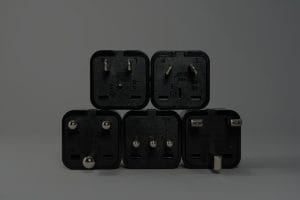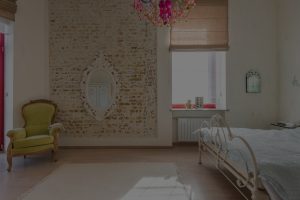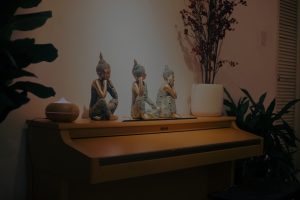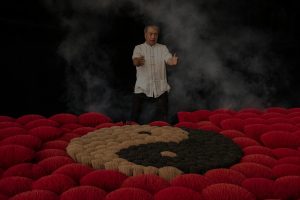**Abstract:**
Feng Shui Myths Debunked: Discover the truths and misconceptions surrounding Feng Shui practices in Western homes. Learn what truly enhances your living space and well-being.
Understanding Feng Shui: The Basics
Feng Shui is an ancient Chinese practice that focuses on harmonizing individuals with their environment. While many Westerners are drawn to its principles, misconceptions abound. Understanding the core concepts can help dispel myths and clarify what truly works in enhancing energy flow in your home.
Common Misconceptions: What Doesn’t Work
Many believe that simply placing a few Feng Shui items, like a lucky bamboo or a laughing Buddha, will automatically bring prosperity and happiness. However, these items must be placed thoughtfully and in alignment with the overall energy of the space. Merely having them without understanding their significance may lead to disappointment.
What Actually Enhances Energy Flow
Feng Shui is about creating a balanced environment. The placement of furniture, the colors used, and even the type of lighting can significantly impact the energy flow in your home. For example, a clutter-free space is essential for positive energy, as clutter can block the flow and create feelings of chaos. Prioritizing organization is a practical step anyone can take.
Colors and Their Impact: A Practical Approach
Colors play a vital role in Feng Shui, influencing mood and energy levels. For instance, warm colors like red and orange can promote energy and passion, while cool colors like blue and green are calming and restorative. Choosing the right color palette for each room can enhance its purpose, making your home a sanctuary that meets your emotional needs.
The Importance of Natural Elements
Incorporating natural elements into your home, such as plants, water features, or natural light, can significantly boost your well-being. Plants not only purify the air but also bring life and vibrancy to a space. Water features, like small fountains, create soothing sounds that promote relaxation. By connecting with nature, you create a more harmonious living environment.
Personalization: Your Unique Space
Feng Shui is not a one-size-fits-all approach. Each individual has unique needs and preferences, and your home should reflect that. Personalizing your space with items that resonate with you, such as family photos or travel souvenirs, can create a sense of belonging and comfort. This personal touch is essential for fostering positive energy.
Seeking Professional Guidance: When to Consult
While many aspects of Feng Shui can be practiced independently, seeking professional guidance can be beneficial, especially if you feel stuck or overwhelmed. A Feng Shui consultant can provide tailored advice and solutions that align with your specific circumstances, ensuring your home is optimized for positive energy flow.
Conclusion: The Balance of Tradition and Modernity
Feng Shui offers valuable insights into creating a harmonious living space, but it’s essential to approach it with an open mind and a willingness to adapt traditional practices to modern life. By debunking myths and focusing on practical applications, you can transform your home into a sanctuary that nurtures your well-being and aligns with your lifestyle. Embrace the journey of creating a balanced environment, and you’ll find that the principles of Feng Shui can significantly enhance your quality of life.










